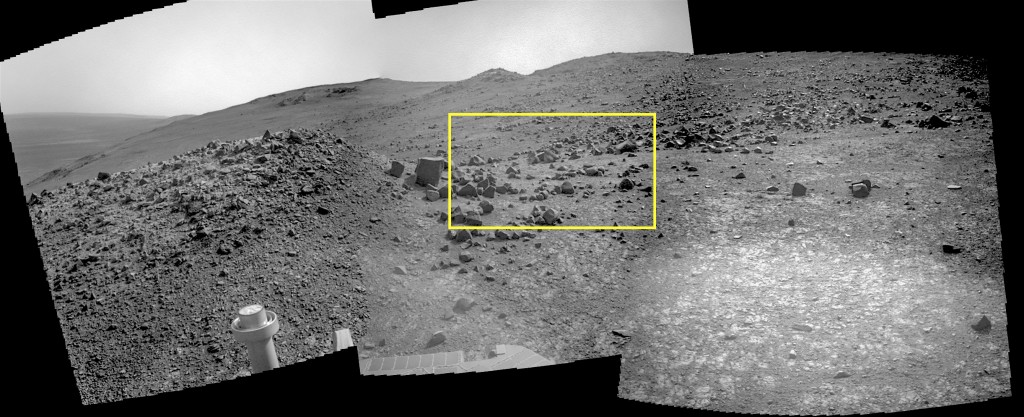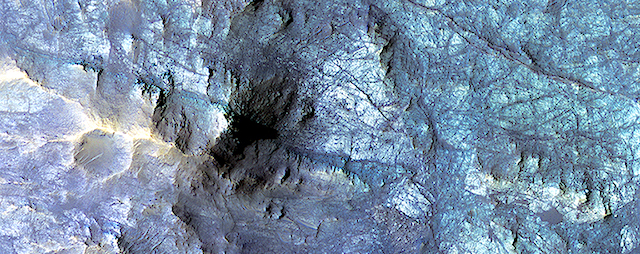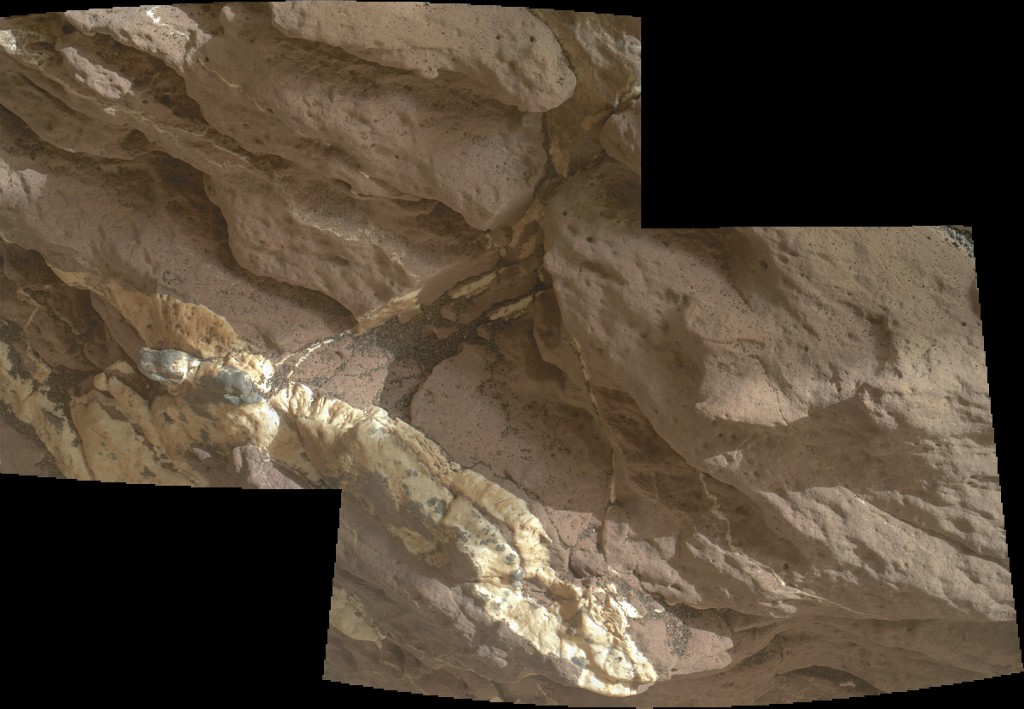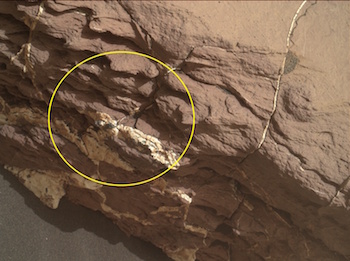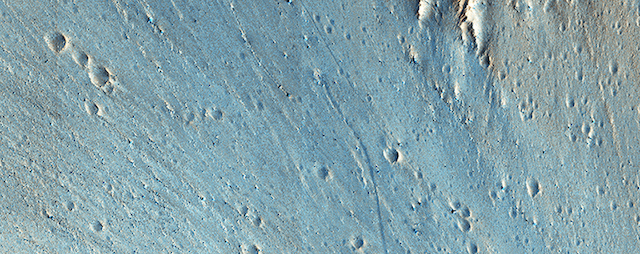 Scientists in Leicester [UK] have moved one step closer to understanding exactly what happened to the ill-fated Mars Lander Beagle 2, thanks to an innovative research technique. The probe was discovered on the Red Planet in November 2014 but uncertainty surrounded what had caused its failure to communicate with Earth.
Scientists in Leicester [UK] have moved one step closer to understanding exactly what happened to the ill-fated Mars Lander Beagle 2, thanks to an innovative research technique. The probe was discovered on the Red Planet in November 2014 but uncertainty surrounded what had caused its failure to communicate with Earth.
Now, a collaboration between De Montfort University and the University of Leicester, has used 3D modelling technology to reveal for the first time that Beagle 2 deployed at least three, and possibly all four, of the solar panels it was supposed to after touching down on the planet’s surface. (…)
Beagle 2 was part of the ESA Mars Express Mission launched in June 2003. Mars Express is still orbiting Mars and returning scientific data on the planet. Beagle 2 was successfully ejected from ESA’s Mars Express spacecraft on 19 December 2003 but failed to send a signal on Christmas Day – its scheduled landing day on Mars. It was presumed lost until over a decade later when the mystery of what happened to the mission was solved through images taken by NASA’s Mars Reconnaissance Orbiter (MRO).
Despite its detection, due to the small size of the lander and the resolution of the HiRISE camera on the MRO, the exact configuration of the lander on Mars was not clear – despite collection of 8 images of the lander and use of advanced image processing techniques.
Now the researchers from De Montfort University and the University of Leicester have worked together to come up with a new way to detect the configuration of the lander. [More at link]
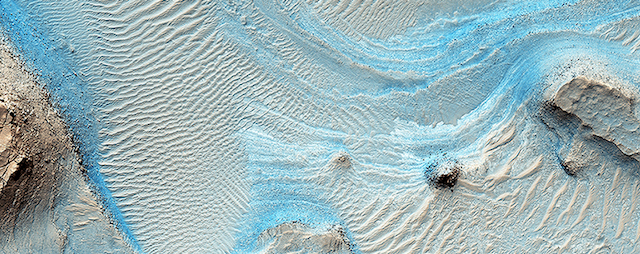 Nothing gets a geologist more excited than layered bedrock, except perhaps finding a fossil or holding a meteorite in your hand. All of these things create a profound feeling of history, the sense of a story that took place ages ago, long before we came appeared. Layered bedrock in particular tells a story that was set out chapter by chapter as each new layer was deposited on top of older, previously deposited layers.
Nothing gets a geologist more excited than layered bedrock, except perhaps finding a fossil or holding a meteorite in your hand. All of these things create a profound feeling of history, the sense of a story that took place ages ago, long before we came appeared. Layered bedrock in particular tells a story that was set out chapter by chapter as each new layer was deposited on top of older, previously deposited layers.










